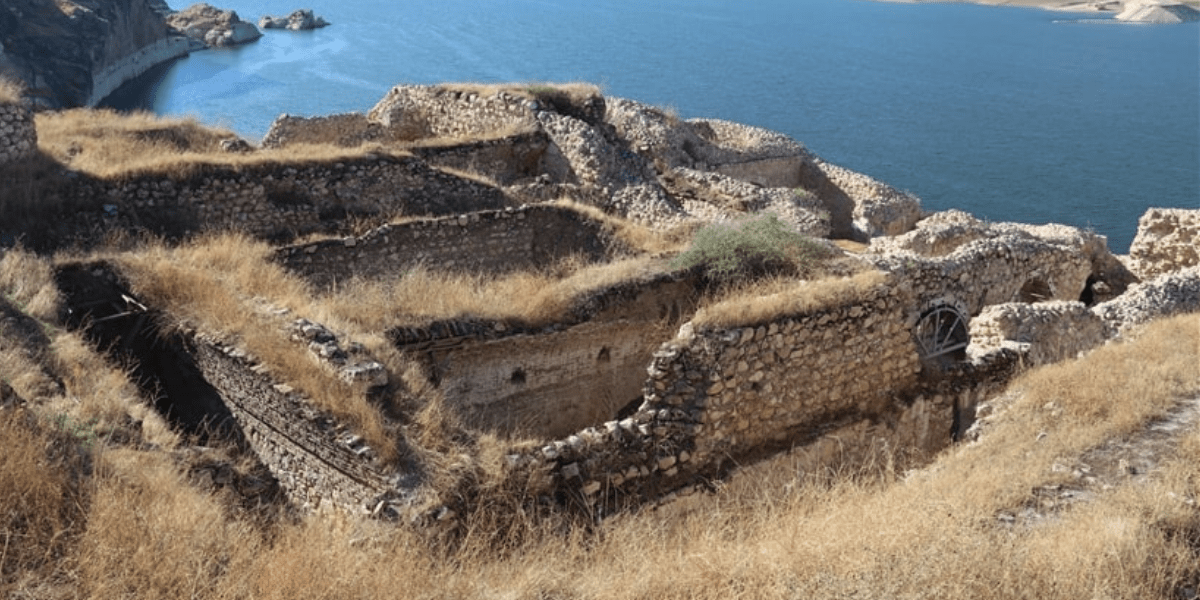
Remains of a 1,600-year-old Roman military structure discovered in Hasankeyf excavations
Remains of a 1,600-year-ld Roman military structure discovered in Hasankeyf, one of the earliest settlements in human history, located in Batman province in southeastern Türkiye.
Archaeological excavations in Hasankeyf, which is separated by the Tigris River (Turkish: Dicle), indicate that human habitation in the region dates back to the 10th century BC.
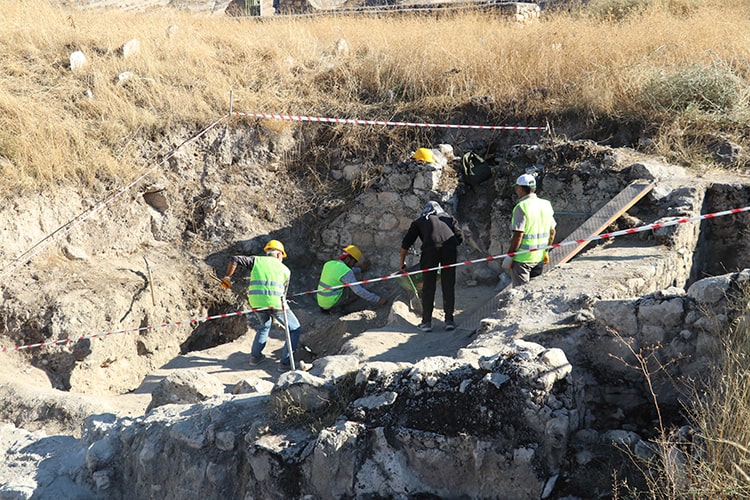
Excavations ongoing at Hasankeyf Castle in the district of Hasankeyf are led by Assoc. Prof. Dr. Zekai Erdal, a faculty member of the Department of Art History at Mardin Artuklu University (MAÜ).
Archaeological excavations at Hasankeyf Castle began in 1984. To date, various cultural artifacts from the periods of the Sumerians, Sasanians, Byzantines, the Four Caliphs, Umayyads, Abbasids, Hamdanids, Mervanids, Artuqids, Ayyubids, Ilkhanids, Ottomans, and the Republic have been uncovered.
In the 2023 excavation season, a notable find was the healing bowl used in the field of health, featuring inscriptions of charms, seals, and verses, along with two zihgirs (archer’s rings) made of agate and bone.
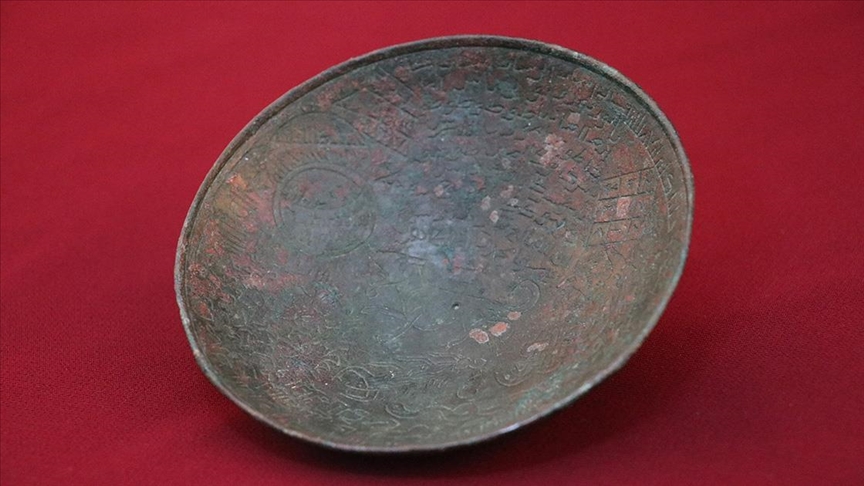
With the permission of the Ministry of Culture, meticulous work has been carried out, and this excavation season has led to the discovery of the remains of a 1,600-year-old military structure identified as belonging to the period of Roman Emperor Constantius II.
Konstantius II is the Eastern Roman Emperor who lived in the 4th century.
Excavation director Assoc. Prof. Dr. Zekai Erdal stated, ‘Historical sources mention a military structure and fortress from the Late Roman period in Hasankeyf. However, previous research had not found any traces of this Late Roman structure. It was merely information recorded in archival documents. As of 2024, the remains of a structure, said to have been built during the reign of Constantius II and dated to the 4th century, have been uncovered.’
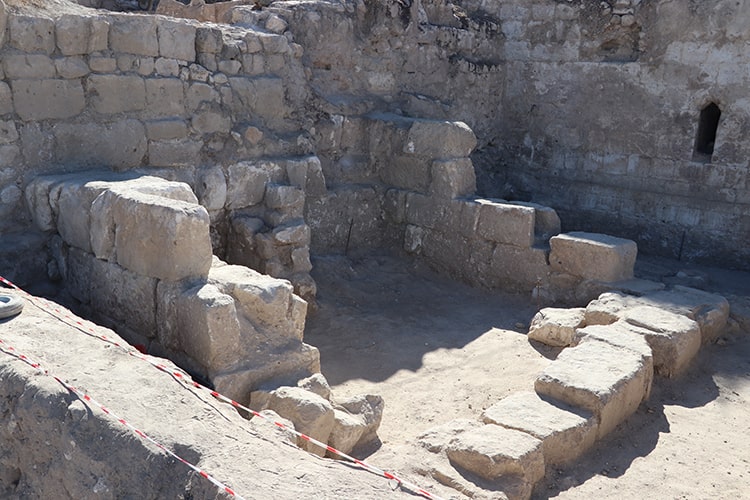
The structure was built using the Isodom wall technique seen in the Roman period, with very narrow joint spacing.
Erdal stated, ‘Considering the dimensions of the stones and the construction techniques and stone measurements compared to large palaces and other structures, the remains we found as a result of discussions with our professors who study Roman architecture are part of the military structure said to belong to the period of Constantius II.’
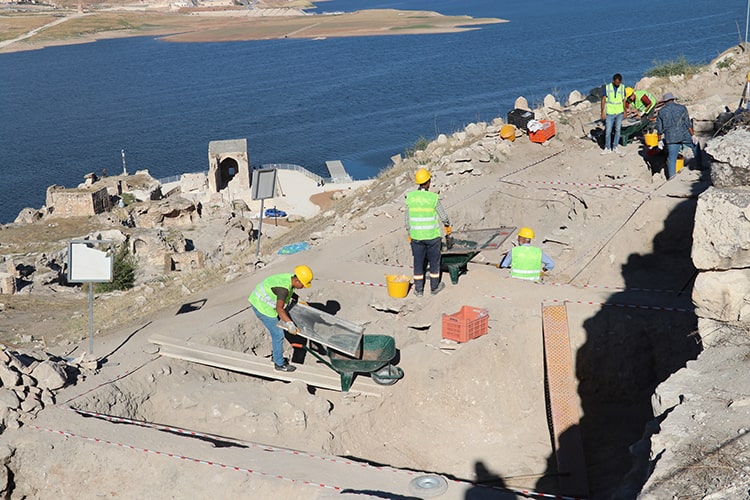
Erdal also mentioned that they have uncovered ceramic remains from that period both inside and outside the structure, saying, ‘By tracing the remnants of the walls here, we hope to find the remains of structures belonging to states that dominated the region during the Late Roman period and afterwards, such as the Umayyads, Abbasids, Mervanids, and Hamdanids, prior to the Artuqids.’
Cover Photo: İbrahim Toprak/AA
You may also like
- A 1700-year-old statue of Pan unearthed during the excavations at Polyeuktos in İstanbul
- The granary was found in the ancient city of Sebaste, founded by the first Roman emperor Augustus
- Donalar Kale Kapı Rock Tomb or Donalar Rock Tomb
- Theater emerges as works continue in ancient city of Perinthos
- Urartian King Argishti’s bronze shield revealed the name of an unknown country
- The religious center of Lycia, the ancient city of Letoon
- Who were the Luwians?
- A new study brings a fresh perspective on the Anatolian origin of the Indo-European languages
- Perhaps the oldest thermal treatment center in the world, which has been in continuous use for 2000 years -Basilica Therma Roman Bath or King’s Daughter-
- The largest synagogue of the ancient world, located in the ancient city of Sardis, is being restored











Leave a Reply